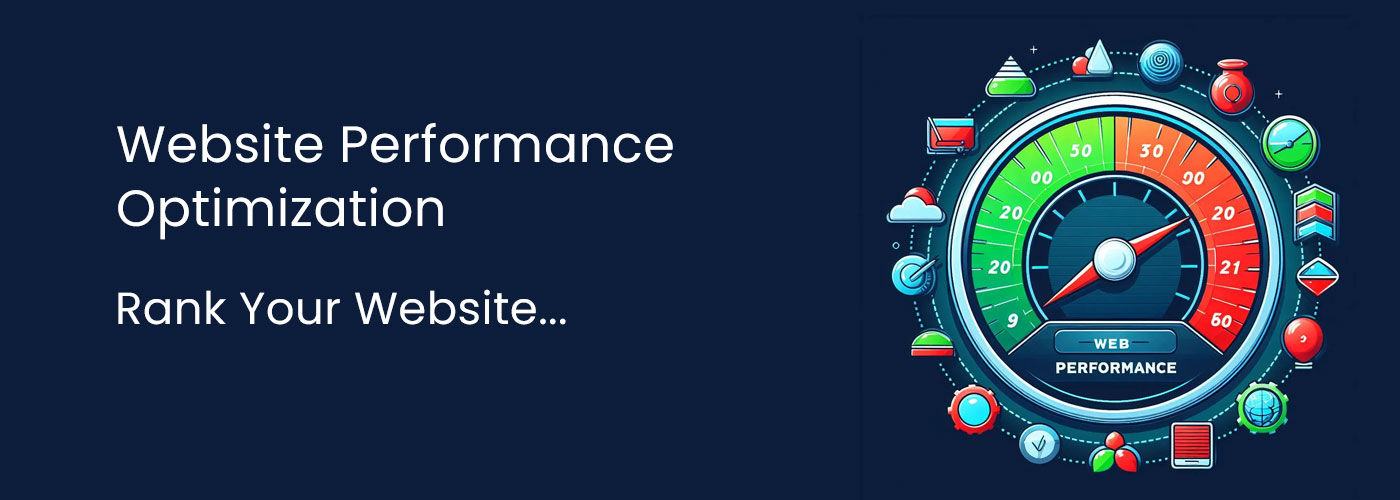In today’s fast-paced digital landscape, users expect instant access to information, products, and services. As the gateway to your online presence, your website’s performance plays a pivotal role in shaping user experience and influencing visitor behavior. Slow loading times can lead to increased bounce rates, lower search engine rankings, and ultimately, lost opportunities for engagement and conversions. At Devki Infotech, we understand the critical importance of optimizing website performance to deliver a seamless and satisfying user experience.
In this comprehensive guide, we’ll explore effective techniques for achieving faster loading times and enhancing user satisfaction.
Why Website Performance Optimization Matters
Before diving into optimization techniques, let’s first understand why website performance is crucial. Studies have shown that even a one-second delay in page load time can result in:
- Higher Bounce Rates: Users are more likely to abandon a website if it takes too long to load, leading to increased bounce rates and decreased engagement.
- Poor User Experience: Slow-loading pages frustrate users and detract from their overall experience, negatively impacting brand perception.
- Lower Search Engine Rankings: Search engines like Google consider page speed as a ranking factor, meaning slower sites may rank lower in search results.
- Lost Revenue Opportunities: Every additional second of load time can result in lost conversions and revenue for businesses.
By prioritizing website performance optimization, you can mitigate these risks and provide a seamless browsing experience that keeps users engaged and coming back for more.
Techniques for Faster Loading Times and Better User Experience
Now, let’s explore actionable techniques that Devki Infotech recommends for optimizing website performance:
1. Optimize Images
Large image files can significantly slow down page load times. Use image compression techniques to reduce file sizes without sacrificing quality. Consider implementing lazy loading to prioritize the loading of images as users scroll, improving initial load times.
2. Minimize HTTP Requests
Reduce the number of HTTP requests by combining CSS and JavaScript files and minimizing the use of external resources. Streamline your code to eliminate unnecessary elements and optimize server response times.
3. Leverage Browser Caching
Set appropriate caching headers to instruct browsers to store static resources locally, reducing the need to fetch them from the server on subsequent visits. This can dramatically improve load times for returning visitors.
4. Implement Content Delivery Networks (CDNs)
Utilize CDNs to distribute your website’s content across multiple servers worldwide, reducing latency and improving load times for users across different geographic locations. This ensures a consistent and responsive experience for all visitors.
5. Prioritize Above-the-Fold Content
Optimize the critical above-the-fold content to load quickly and efficiently, allowing users to access essential information without delay. This can improve perceived performance and encourage users to stay engaged with your site.
6. Monitor and Test Regularly
Continuously monitor your website’s performance using tools like Google PageSpeed Insights and GTmetrix. Conduct regular performance audits and A/B testing to identify areas for improvement and fine-tune your optimization strategies accordingly.
Conclusion
In today’s digital landscape, website performance optimization is not just a best practice—it’s a necessity. By prioritizing faster loading times and better user experience, businesses can enhance engagement, increase conversions, and strengthen their online presence. At Devki Infotech, we’re committed to helping you unlock the full potential of your website through expert optimization strategies. Contact us today to learn how we can elevate your online presence and drive meaningful results.
With Devki Infotech, accelerate your website’s performance and elevate your user experience to new heights.

